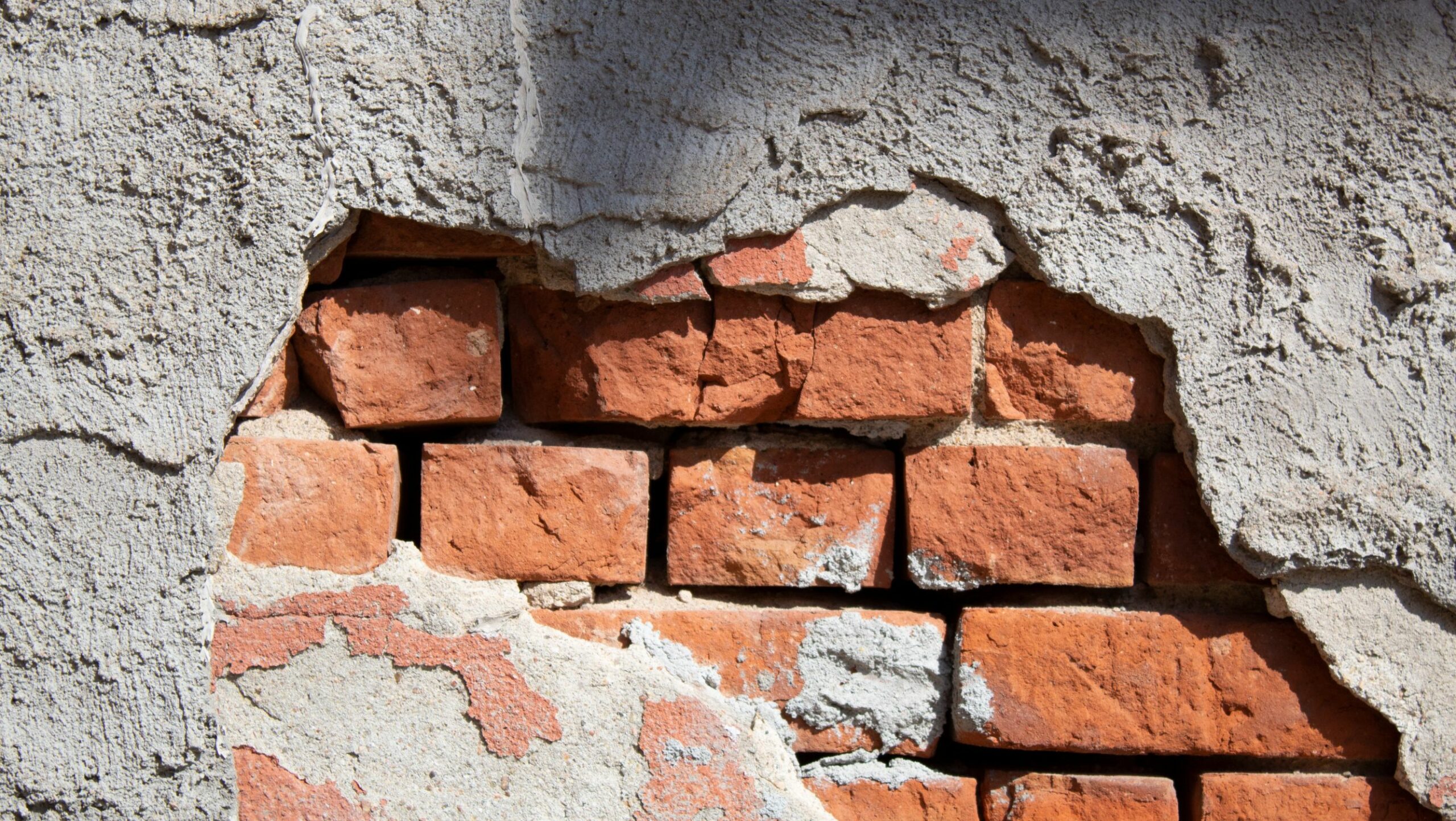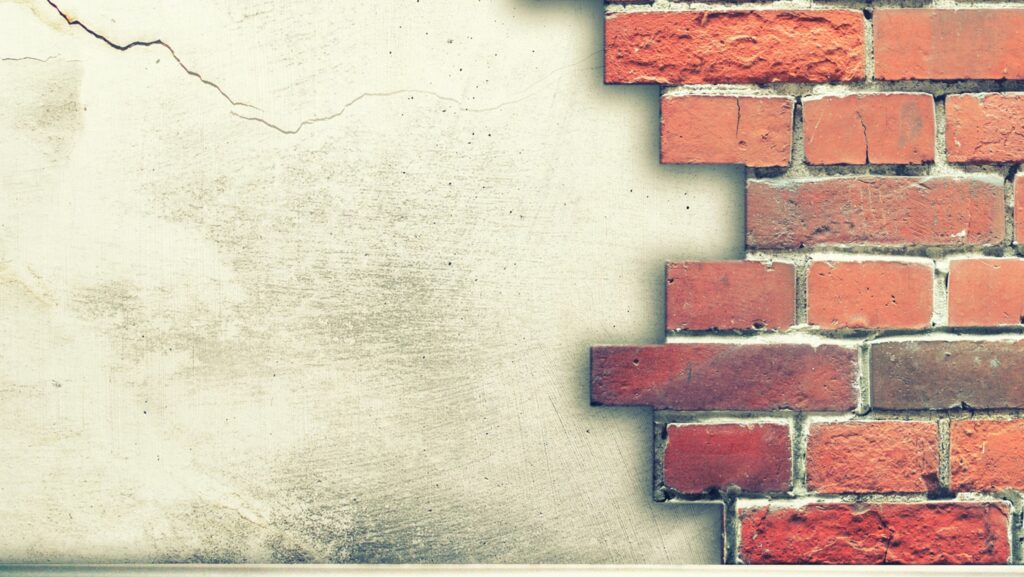That fine line creeping across a brick wall is easy to ignore—until it spreads, widens, or starts letting in water after a storm. Cracks don’t always signal disaster, but they’re rarely random. They’re your home’s way of saying something has shifted, stressed, or simply worn out. Reading those signs early protects both structure and street appeal.
If mortar joints are crumbling or gaps have formed between bricks, a specialist may recommend Brick Repointing to renew the weatherproof seal and restore strength without replacing the wall. Done well, this revitalises tired façades and stops small problems from becoming big ones.
But cracks can also be symptoms of movement, moisture, or materials that have reached the end of their service life. Understanding what you’re seeing—and what to do next—can spare you a lot of worry and expense.
What Different Cracks Often Mean
- Hairline, horizontal lines in mortar: Often cosmetic wear or shrinkage. Monitor them and schedule maintenance before water gets in.
- Step-pattern cracks following mortar joints: Common around openings (windows, doors) and can indicate minor settlement or thermal movement.
- Vertical cracks near corners: May reflect differential movement; not urgent if narrow and stable, but worth tracking.
- Wide, jagged, or rapidly changing cracks: A red flag for structural movement or subsidence—time to bring in a professional.
Tip: Take a photo with a coin or ruler for scale, then re-shoot every few weeks. If the crack grows, you’ve got evidence to act on.

Why Mortar Fails (Even When Bricks Look Fine)
Mortar is deliberately the “sacrificial” part of a brick wall. It’s softer than the bricks, flexes with temperature, and weathers first to protect the masonry. Over time, UV exposure, wind-driven rain, salt air, and freeze-thaw cycles degrade the binder that holds sand together. Add building movement or poor drainage, and joints can crumble or wash out. When that happens, water finds a path inside—leading to damp interiors, efflorescence (white salts), and, eventually, spalling bricks.
A 5-Minute Exterior Check You Can Do Today
- Look at the base course. Damp patches, moss, or flaking at ground level hint at rising moisture or poor drainage.
- Scan under sills and eaves. These zones catch runoff and often reveal the first signs of mortar loss.
- Press the joints. If mortar powders under your finger, it’s deteriorating.
- Check movement joints. Missing or brittle sealant means the wall can’t expand and contract cleanly.
- Inspect downpipes and gutters. Leaks concentrate water onto masonry—fix these before any wall repairs.
DIY vs. Professional: Be Honest About Scope
Small, stable, non-structural mortar defects can be a DIY project for a careful homeowner with the right materials and patience. However, there are important caveats:
- Match matters. Using a mortar that’s harder than your bricks can trap moisture and accelerate damage. Lime-based mixes are often preferred for older masonry.
- Depth counts. Raking out only the surface “skin” won’t last. Joints usually need to be cleared to 2–2.5 times the joint width.
- Dust is the enemy. Clean, dampened joints help new mortar bond and cure properly.
- Weather windows. Avoid hot, windy, or freezing conditions that cause weak, crumbly joints.
If cracks are wide, doors/windows are sticking, or you suspect foundation movement, call a licenced mason or structural engineer. Wall repairs are only as good as the diagnosis behind them.
What a Quality Repair Process Looks Like
- Assessment first. A professional will identify the cause of cracking (movement, moisture, materials) and recommend the right remedy.
- Careful raking. Old mortar is removed to the correct depth without damaging brick arrises (edges).
- Mortar design. Sand colour and grading are matched; binder type and ratio suit your brick age and exposure.
- Layered packing. New mortar is compacted in lifts to avoid voids, then tooled for a tight finish that sheds water.
- Curing and cleanup. Light misting protects against rapid drying; staining is cleaned without harsh acids that etch brick faces.
Costs, Timing, and What Influences Both
- Access: Single-storey garden wall? Faster and cheaper. Multi-storey façade needing scaffolding? Budget more time and labour.
- Extent: Spot repairs cost less upfront, but a patchwork look can hurt kerb appeal. Full-elevation work offers consistency and longer intervals between maintenance.
- Material matching: Custom sands or pigments add cost but elevate the finish.
- Underlying issues: Drainage fixes or lintel repairs add scope but prevent repeat problems.
Think of this work as preventative maintenance that protects your bigger investment—the building itself.
How to Choose the Right Masonry Pro
- Portfolio over promises: Ask for before/after photos on homes like yours and addresses you can drive by.
- Mortar philosophy: Listen for an emphasis on compatibility, breathability, and gentle cleaning methods.
- Sample panels: A small test area lets you approve colour, texture, and tooling profile.
- Warranty and care guide: Good trades include aftercare instructions and stand by their work.
- Coordination: If structural movement is suspected, they should be comfortable collaborating with an engineer.
Keep It Sound After the Fix
- Mind the water. Re-grade soil to slope away from walls; extend downpipe outlets; keep gutters clear.
- Seal smartly. Avoid non-breathable surface sealers that trap moisture inside the wall.
- Schedule check-ups. A quick annual walk-around catches chips, hairlines, or loose joints early.
- Protect high-wear zones. Install splashback surfaces near taps or hose reels to stop constant wetting.
The Payoff: Structure, Comfort, and Kerb Appeal
Well-maintained masonry feels solid, looks sharp, and keeps weather where it belongs—outside. Addressing cracks promptly safeguards the building’s structure and stops moisture from sneaking in and causing secondary issues like timber rot or internal mould. Just as importantly, tidy joints and clean brickwork boost the look of your home without a full renovation.
If your walls are whispering through faint lines and flaking joints, listen. A thoughtful assessment and the right repair now can preserve character, protect value, and keep your place standing strong for decades.
